Wild Places
Biomes, or ecosystems, are large regions of the planet with shared characteristics such as climate, soils, plants and animals. Climate is an important factor that shapes the nature of an ecosystem, as well as precipitation, humidity, elevation, topography and latitude.The five major biomes include aquatic, desert, forest, grassland and tundra biomes. Each biome also includes numerous types of sub-habitats.
By protecting and preserving ecosystems, we protect and preserve plant and animal species...including our own species.

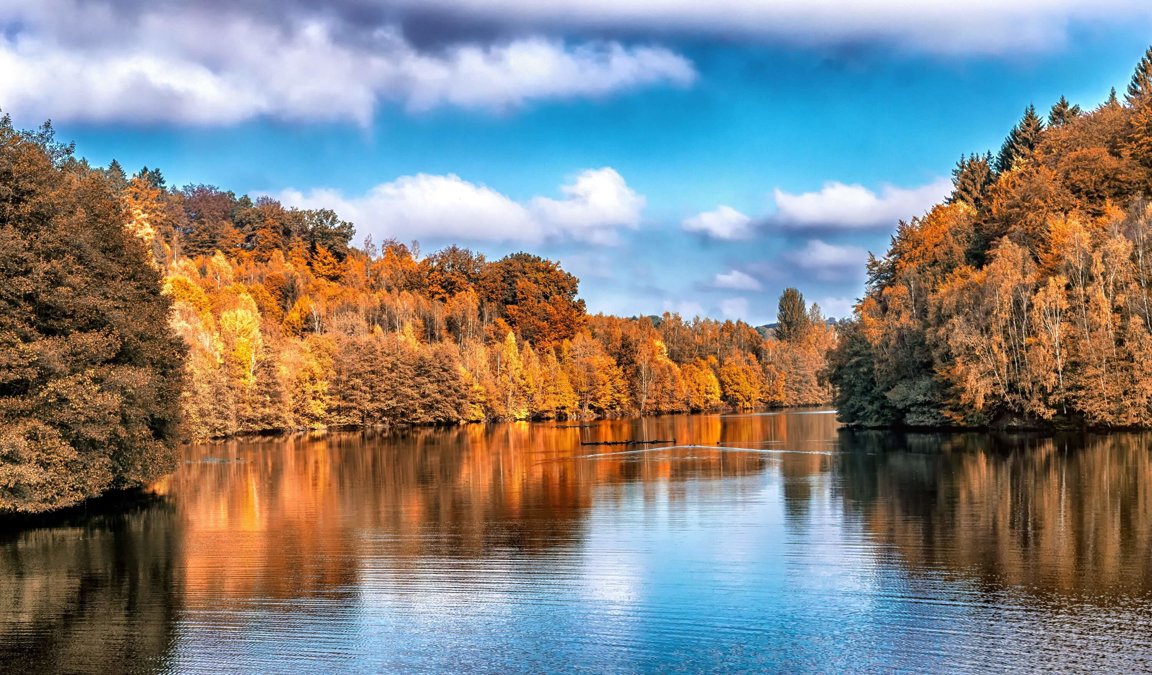
 Aquatic Habitats
Aquatic Habitats Freshwater Habitats
Freshwater Habitats Oceans
Oceans Coral Reefs
Coral Reefs Wetlands
Wetlands Islands
Islands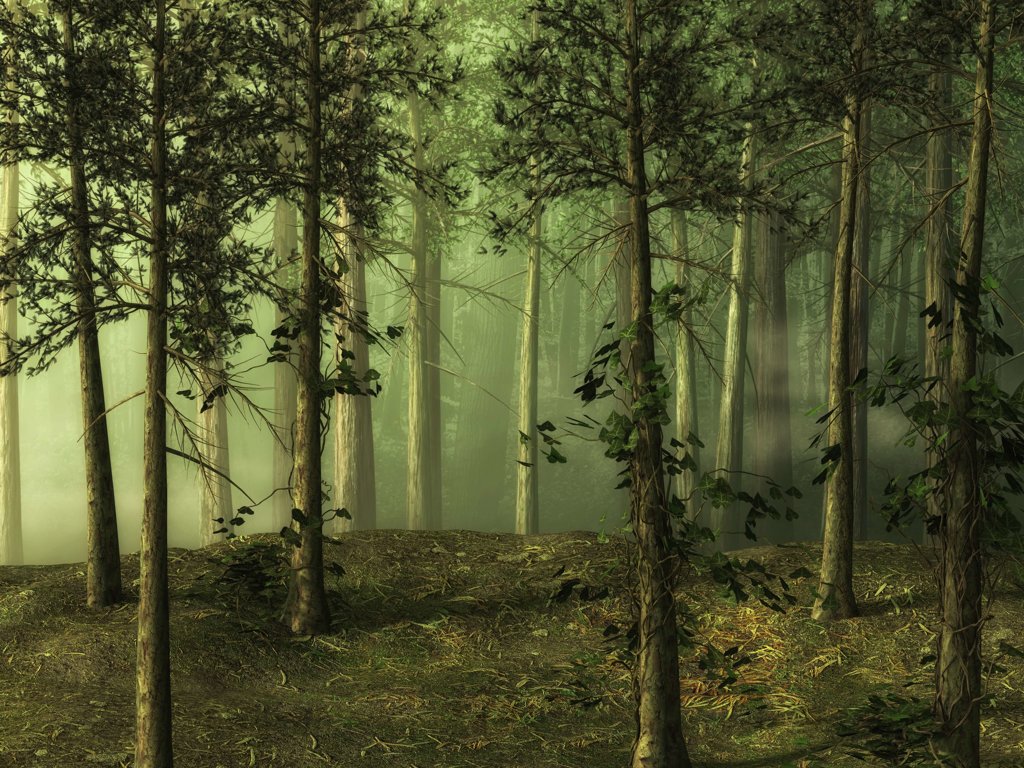 Forests
Forests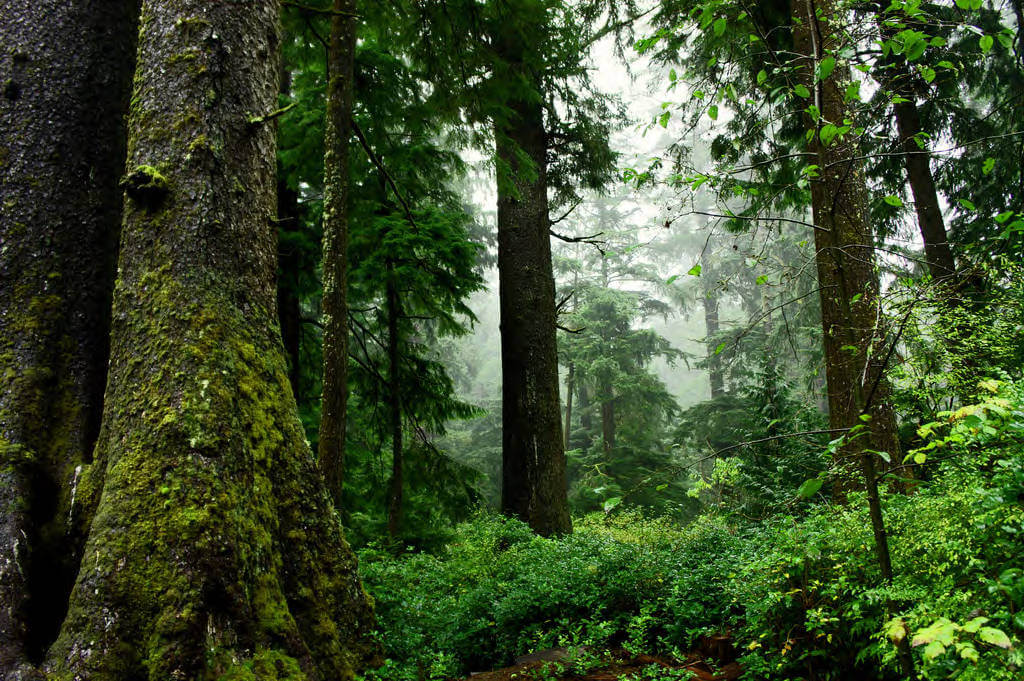 Temperate Forests
Temperate Forests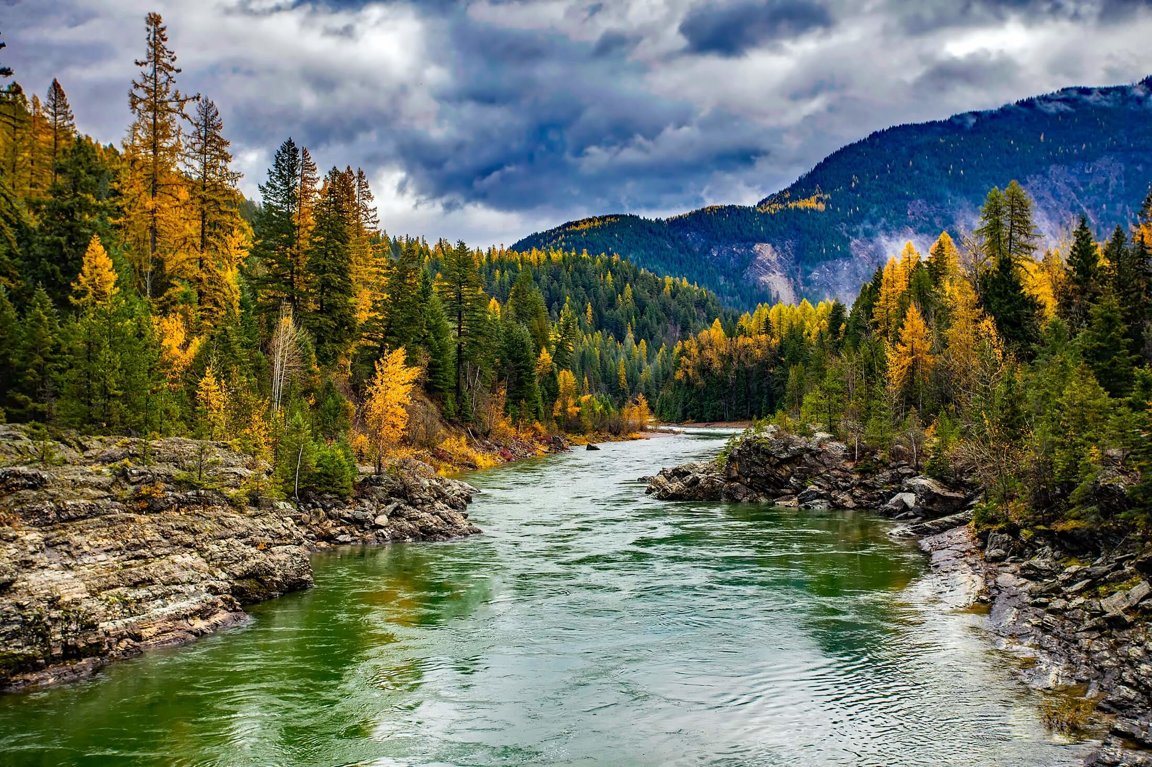 Coniferous Forests
Coniferous Forests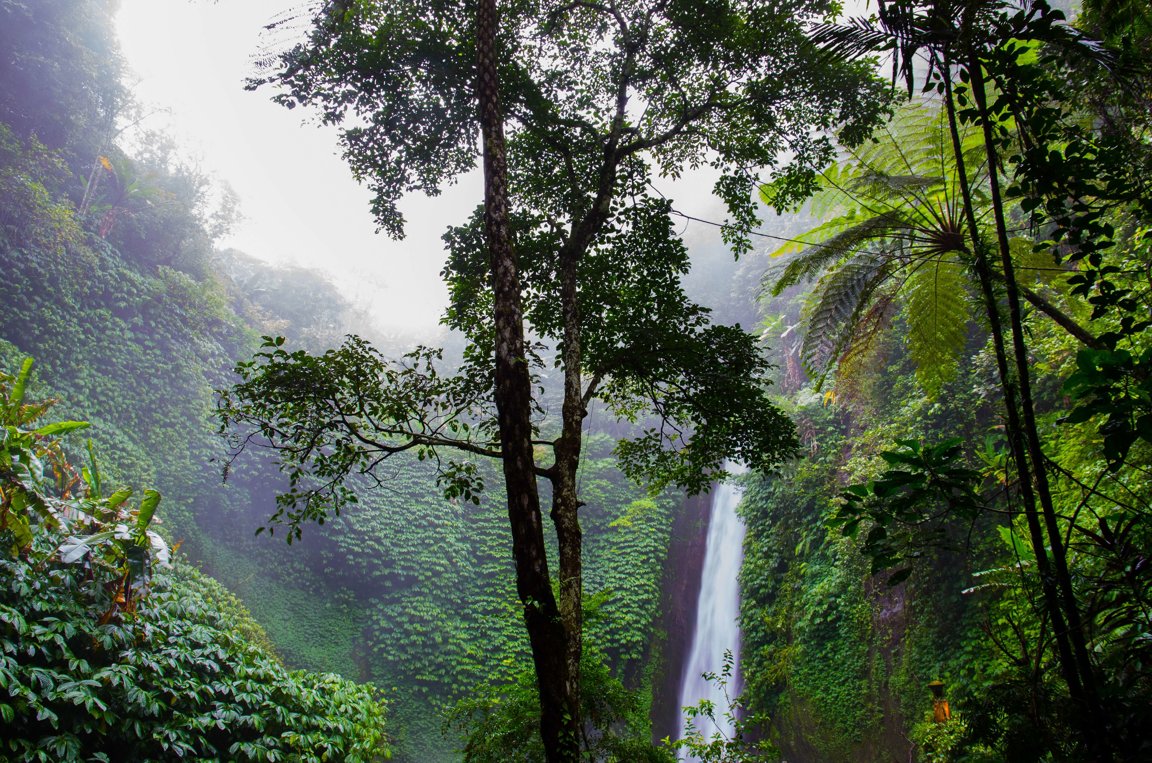 Rainforests
Rainforests Deserts
Deserts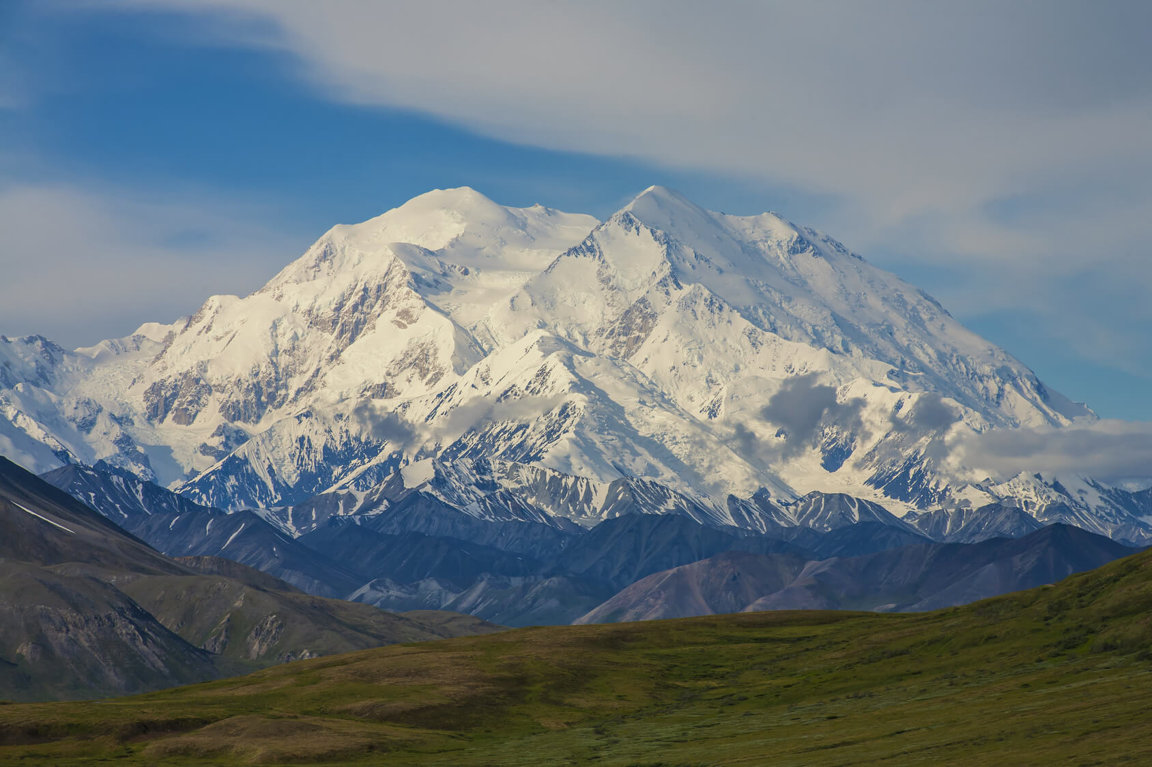 Tundra
Tundra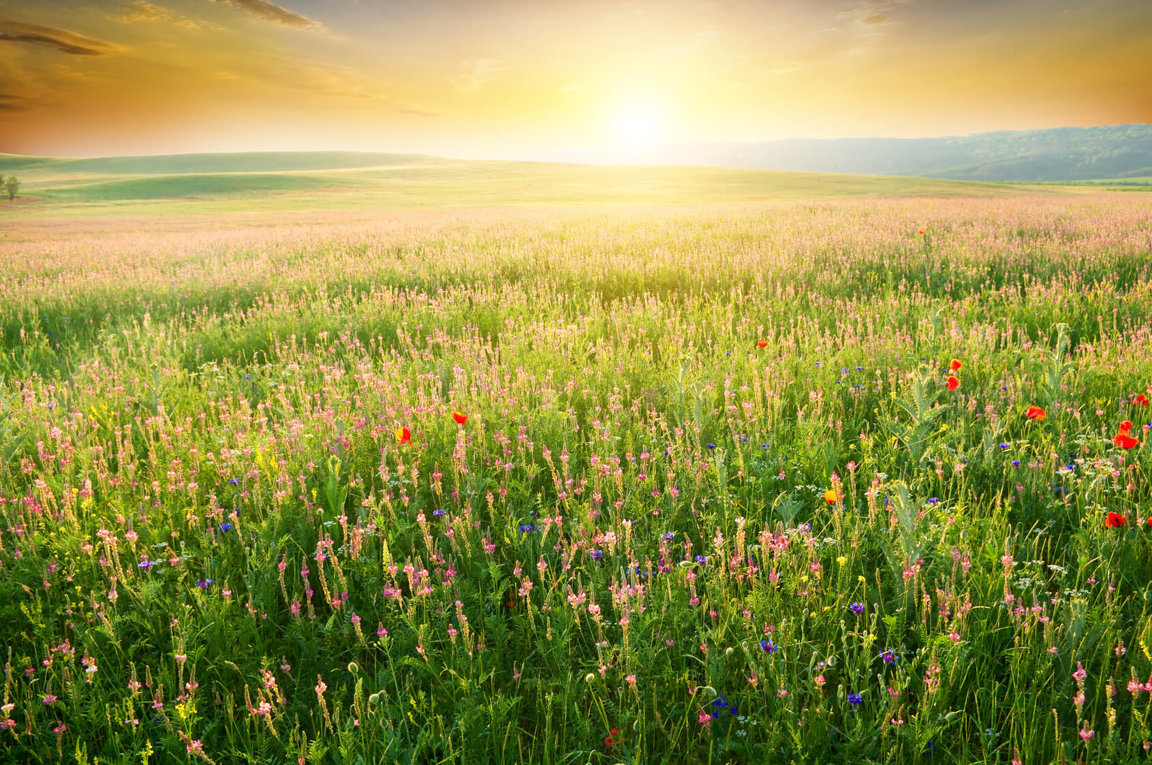 Grasslands
Grasslands Mountains
Mountains Urban Areas
Urban Areas